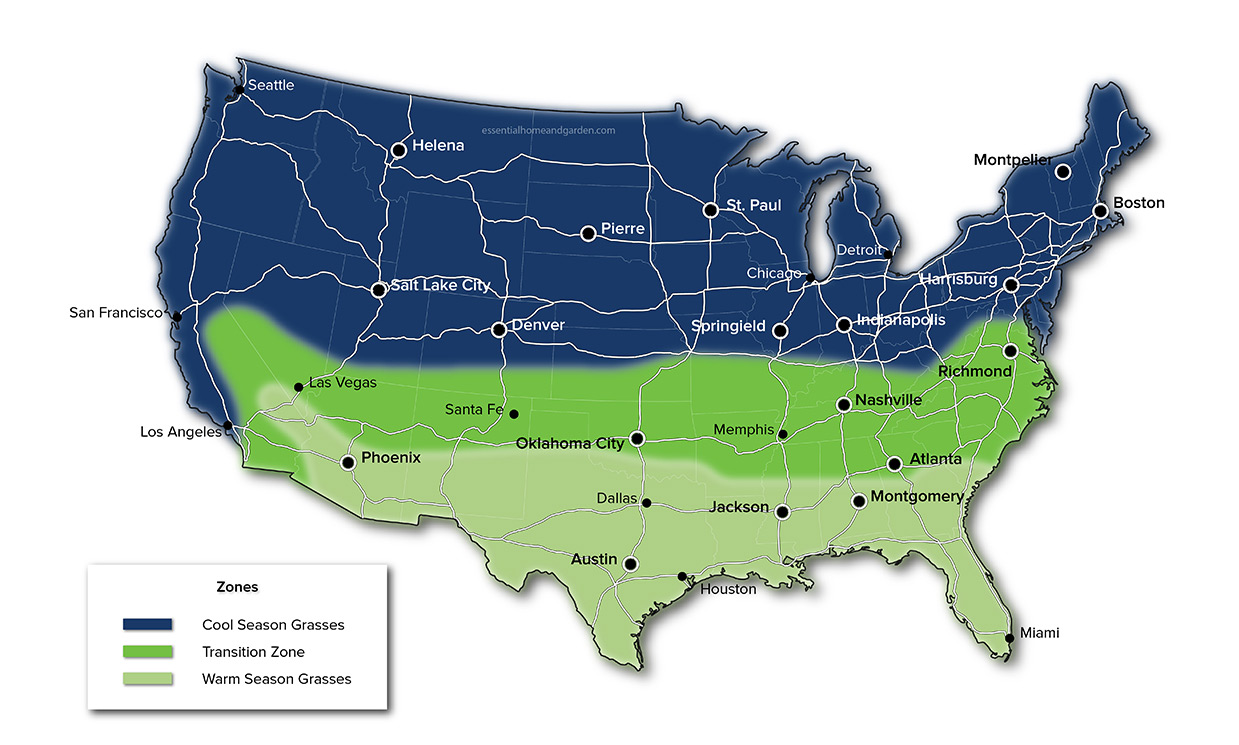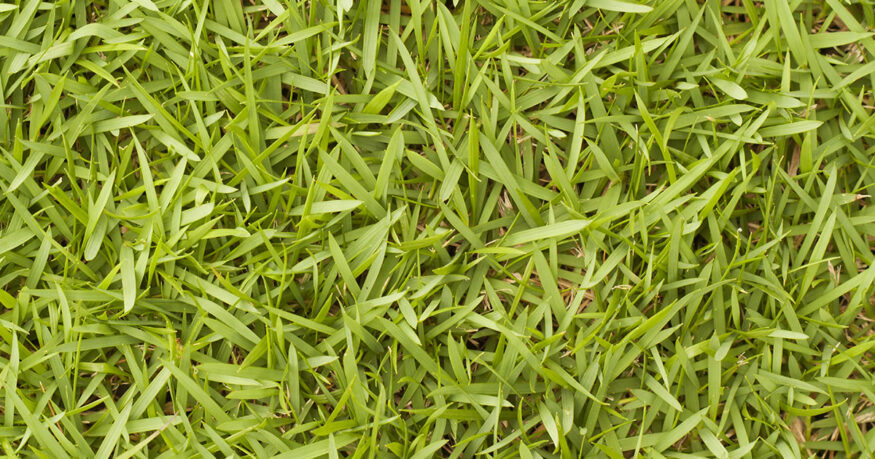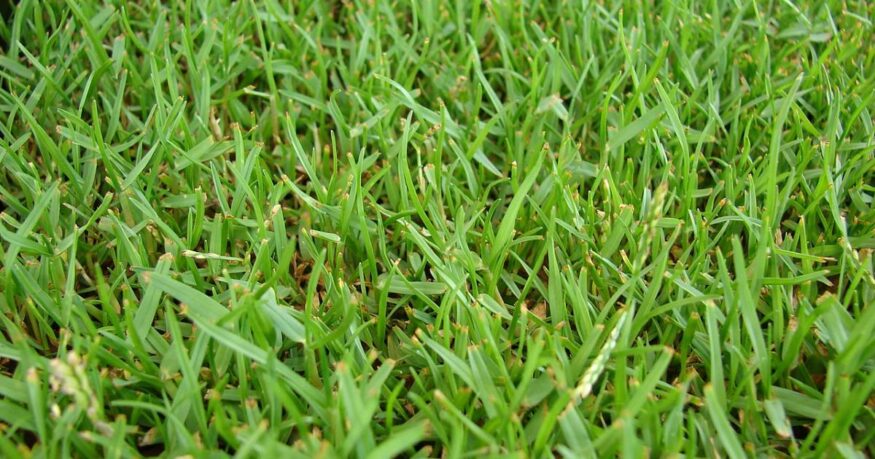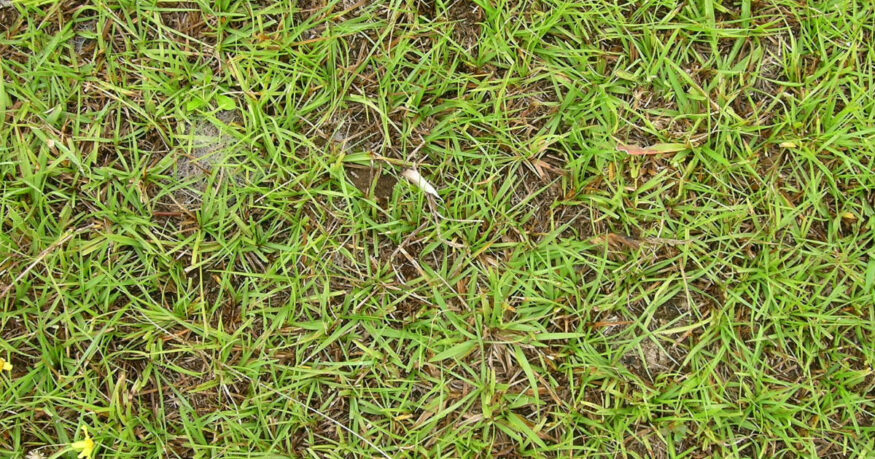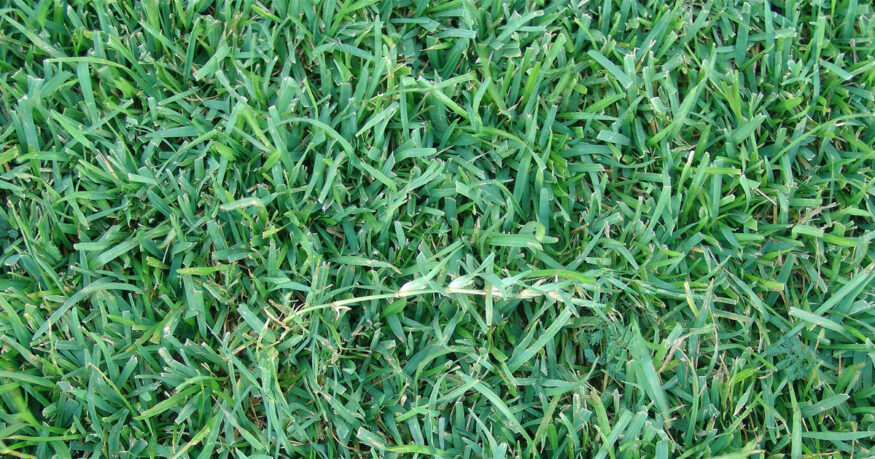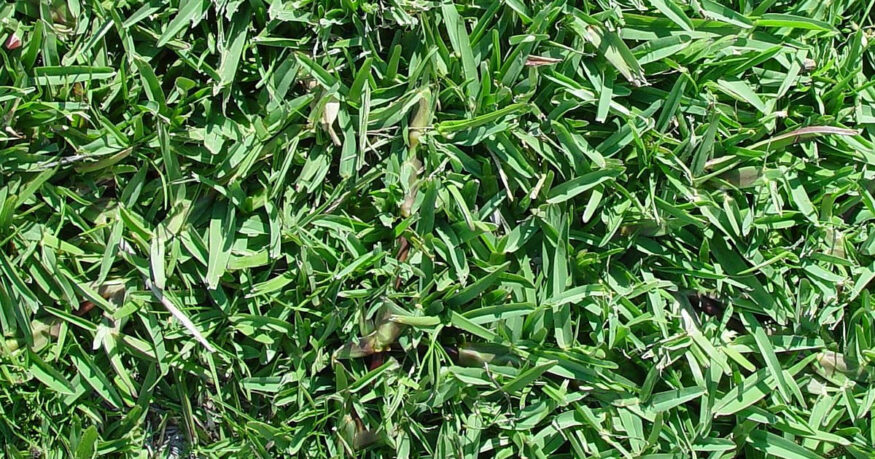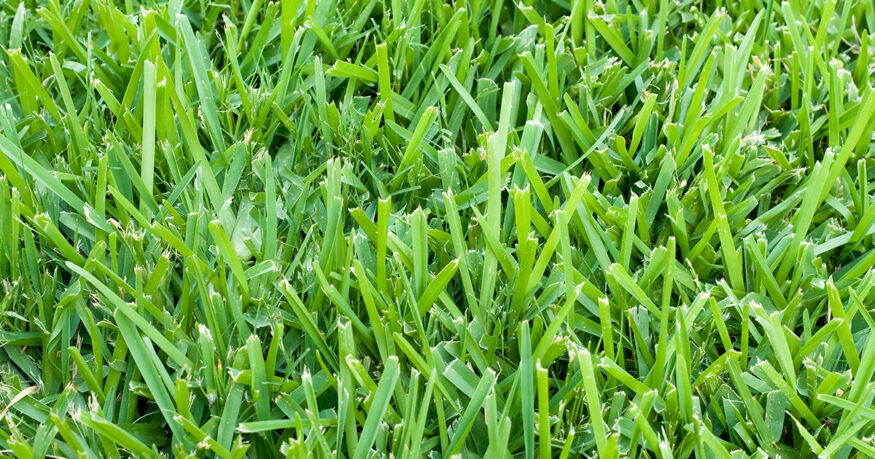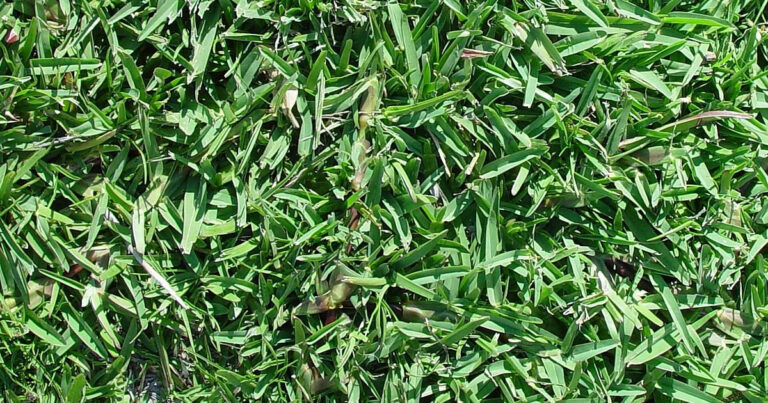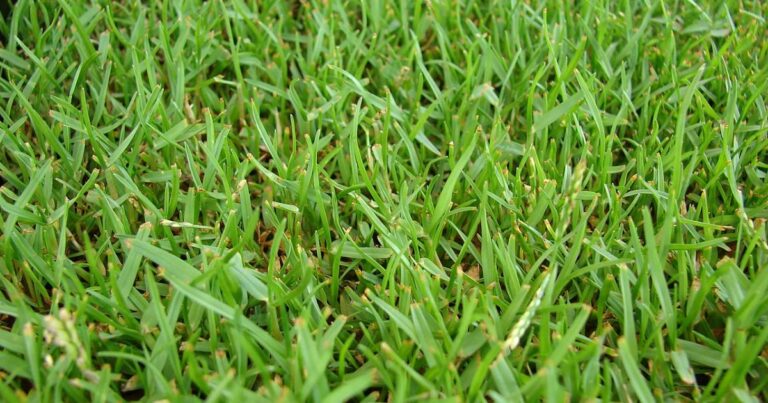Buffalo Grass – A Guide to Growing And Caring For Buffalograss
Buffalo grass is a native grass with a reputation for drought resistance and easy maintenance. But establishing this lawn takes time and care. Find out if buffalo grass is right for your needs by reading our helpful guide.
